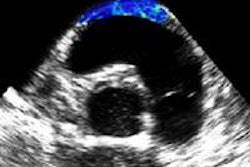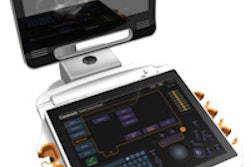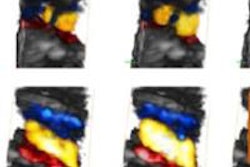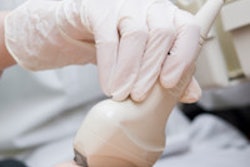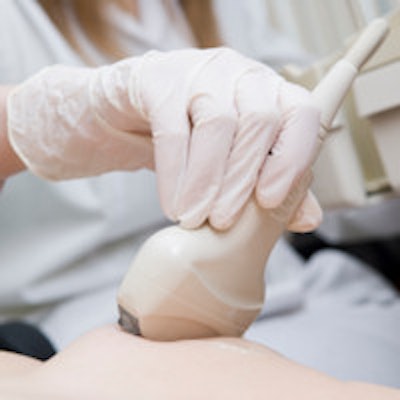
The U.K. Royal College of Radiologists (RCR) and the Society and College of Radiographers (SCoR) have published standards on the provision of an ultrasound service. The 30-page document can be downloaded for free and includes practical information about equipment, training and education, reports, auditing, and image management.
The two societies jointly produced this document, which sets standards in key areas that are seen as essential for the delivery of high-quality and effective ultrasound services and examinations. The aim is to clarify the components of a clinically safe and efficient ultrasound service, and the standards are relevant to all services that carry out ultrasound as well as to those individuals responsible for the commissioning of such services, the authors stated.
 Dr. Paul Spencer, who led the development of the joint publication on ultrasound, is a member of the RCR's Professional Support and Standards Board.
Dr. Paul Spencer, who led the development of the joint publication on ultrasound, is a member of the RCR's Professional Support and Standards Board.
The document (Ref No: BFCR[14]17) was issued because of quality concerns over "any qualified provider" (AQP) contracts being signed with private-sector companies lacking adequate staff and equipment. However, the standards may be unrealistically high, and it might not be possible for every National Health Service (NHS) ultrasound department to audit 5% of its workload, according to one practicing radiologist.
A full page is devoted to the capture, storage, review, and transfer of examinations. Images should be archived in a DICOM format in a DICOM Windows Embedded Standard (WES) compliant archive, and archives should be replicated so that more than one instance of an image is available should one copy fail. The two copies must be stored and managed separately, ideally in separate locations, and images should be linked to reports and be able to be viewed as a record together in a PACS.
"Images should be accessible through an enterprise-wide viewing application or DICOM viewer," wrote the authors of the document. "Digital images should be retrievable in a timely manner, at the point of clinical need, across 24/7/365. Reports should be linked to images using desktop integration at the reporting stage."
Formats include CD, DVD, USB, PACS to PACS N3 DICOM link, or via a third-party transfer service such as the image exchange portal (IEP). Ideally, images and reports should be transferred together, and where transportable media are used, an approved encryption system should be employed and password sent under separate cover. Audit mechanisms should be used to evidence transmission and receipt of any transfers.
Transducers must be matched to the anatomical region to be scanned, noted the authors (see table). Each transducer type can be subdivided in terms of its frequency range. Higher frequencies give superior image quality at the expense of penetration.
| Transducer requirements for specific applications | |||
| Application | Transducer type | Frequency range (mHz) | |
| General abdomen | Curvilinear arrays or phased arrays | 2-10 | |
| Small parts | Linear arrays | 5-18 | |
| Vascular | Linear arrays & curvilinear arrays | 2-15 | |
| Cardiac | Phased arrays & transesophageal use | 2-10 | |
| Obstetrics/gynecology | Curvilinear arrays & transvaginal use | 3-15 | |
"Ultrasound, if carried out correctly in the appropriate clinical situation, is one of the most effective diagnostic tools in healthcare. It is therefore not surprising that the use of ultrasound has increased markedly over the last 10 years and continues to do so," noted Dr. Pete Cavanagh (RCR's former vice president for clinical radiology) and Mrs. Karen Smith (president of the SCoR) in a joint foreword. "The fact that it is safe to carry out, relatively inexpensive, and can be provided in most clinical facilities makes ultrasound one of the most commonly requested examinations in the field of diagnostic imaging."
In November 2014, the European Society of Radiology (ESR) published a report called "Organization of clinical ultrasound in the world," in Insights into Imaging, the open access journal. The authors concluded there is no one global solution and that quality work in ultrasound can also be done by nonradiologists if the circumstances require it in certain settings, and if appropriate training is provided.
For more details on the RCR/SCoR document, click here.




